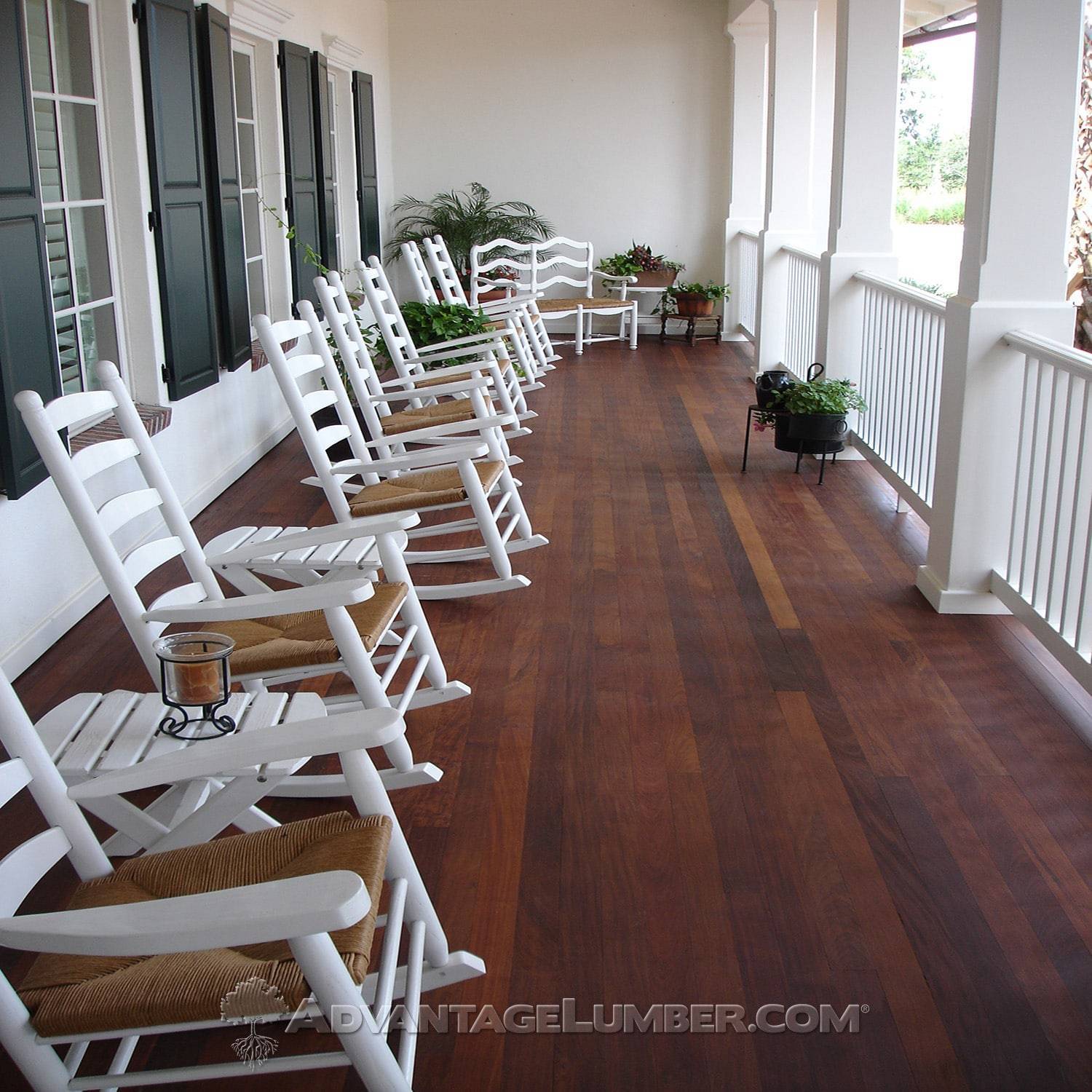When it comes to building outdoor structures like decks, pergolas, or furniture that need to withstand the elements and pesky critters like termites, not all woods are created equal. Some species stand head and shoulders above the rest due to their natural durability, strength, and resistance to rot and termites.
In this post, we’ll discuss the strongest woods that offer exceptional resistance to decay and insect damage, ranking them from #1 to #7. Whether you’re a homeowner, builder, or DIY enthusiast, this list will help you pick the perfect wood for your next project.
Why Are Some Woods Naturally Resistant?
Before looking at the rankings, let’s talk about what makes certain woods so tough. The secret lies in their natural chemistry. Many of these species, particularly tropical hardwoods, contain high levels of natural oils, resins, and tannins that act as natural preservatives. These compounds repel water, deter insects like termites, and slow down the fungal growth that causes rot. Combine that with dense grain structures, and you’ve got woods that can last decades outdoors with minimal maintenance.
Here’s our countdown of the top seven strongest, most termite- and rot-resistant woods:
#1: Ipe – The King of Durability
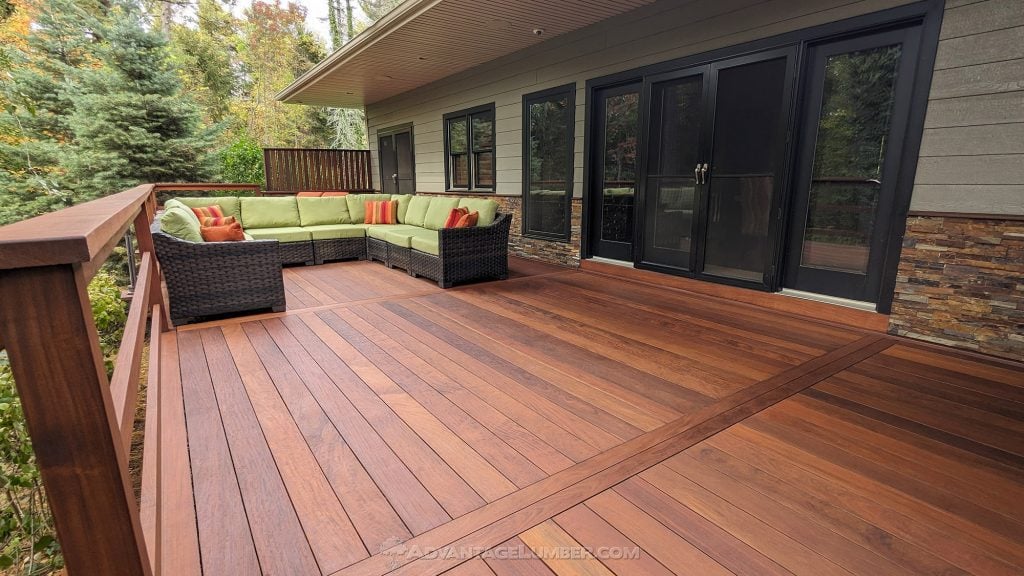
Topping our list is Ipe (pronounced “ee-pay”), a tropical hardwood hailing from Central and South America, primarily Brazil. Often called Brazilian Walnut, Ipe is renowned for its unmatched strength and longevity. With a Janka hardness rating of 3,680 lbf (pounds-force), it’s one of the hardest woods in the world—nearly three times harder than oak! Its dark reddish-brown hue adds a luxurious aesthetic to any project.
Why It’s Resistant: Ipe’s extreme density and interlocking grain make it nearly impenetrable to termites. Its natural oils and tight cellular structure also repel moisture, giving it a lifespan of 50+ years even in harsh climates. This wood is so tough that it’s often used in commercial boardwalks and siding.
#2: Cumaru – The Runner-Up Titan
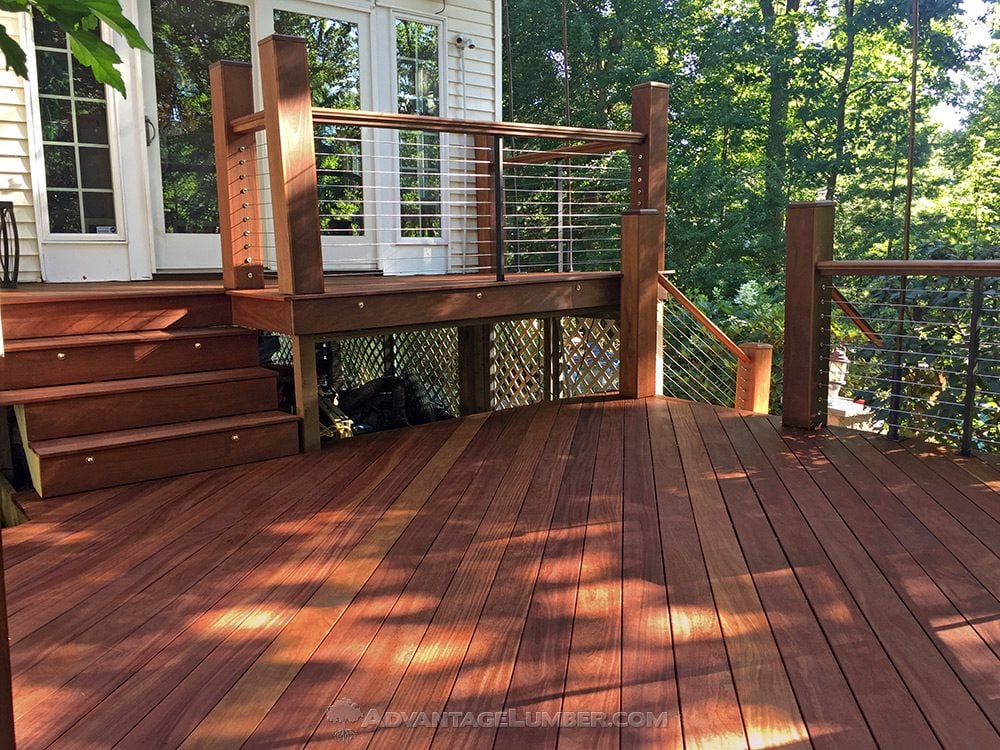
Coming in at #2 is Cumaru, another Brazilian hardwood sometimes called Brazilian Teak. With a Janka rating of 3,540 lbf, it’s almost as hard as Ipe and shares a similar rich reddish-brown color that deepens with age. It’s a fantastic alternative for those seeking durability at a slightly lower cost than Ipe.
Why It’s Resistant: Cumaru’s high oil content and dense grain provide excellent protection against termites and rot. Its natural preservatives make it a favorite for decking and outdoor furniture, with a lifespan of 30-50 years when properly maintained.
#3: Brazilian Redwood – Strength with Style
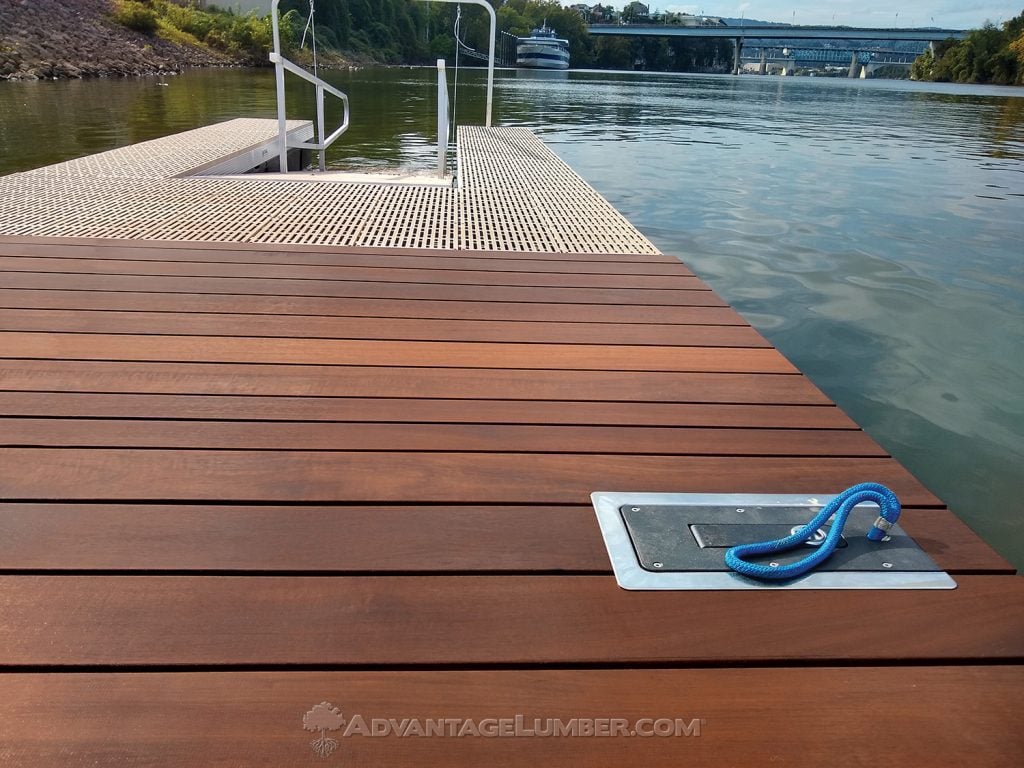
Brazilian Redwood, also known as Massaranduba, ranks third on our list. Sourced from South America, this wood boasts a Janka hardness of 3,190 lbf and a striking reddish hue that resembles traditional redwood but with far greater durability.
Why It’s Resistant: Brazilian Redwood’s tight grain and high natural oil content create a formidable barrier against moisture and termites. It’s highly stable and resists weathering, making it ideal for exterior applications with a lifespan of 40+ years.
#4: Tigerwood – Beauty Meets Brawn
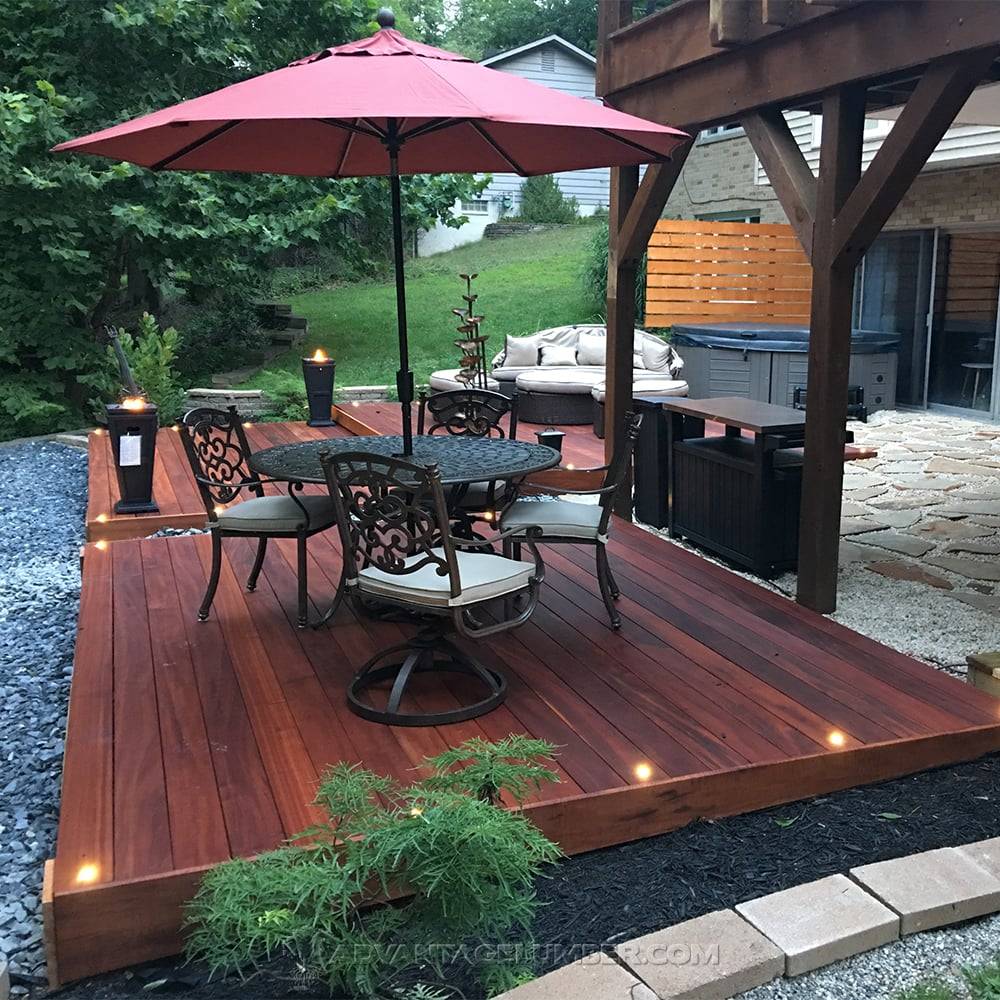
Tigerwood, a tropical hardwood from Central and South America, earns the #4 spot. Its Janka rating of 2,160 lbf is lower than the top three, but don’t let that fool you—it’s still incredibly strong. What sets Tigerwood apart is its exotic appearance, featuring dramatic dark streaks against a reddish-brown background, resembling a tiger’s stripes.
Why It’s Resistant: Tigerwood’s natural oils and moderate density give it solid resistance to rot and termites. While not as impervious as Ipe or Cumaru, it holds up well outdoors, lasting 25-30 years with proper care.
#5: Garapa – The Golden Contender
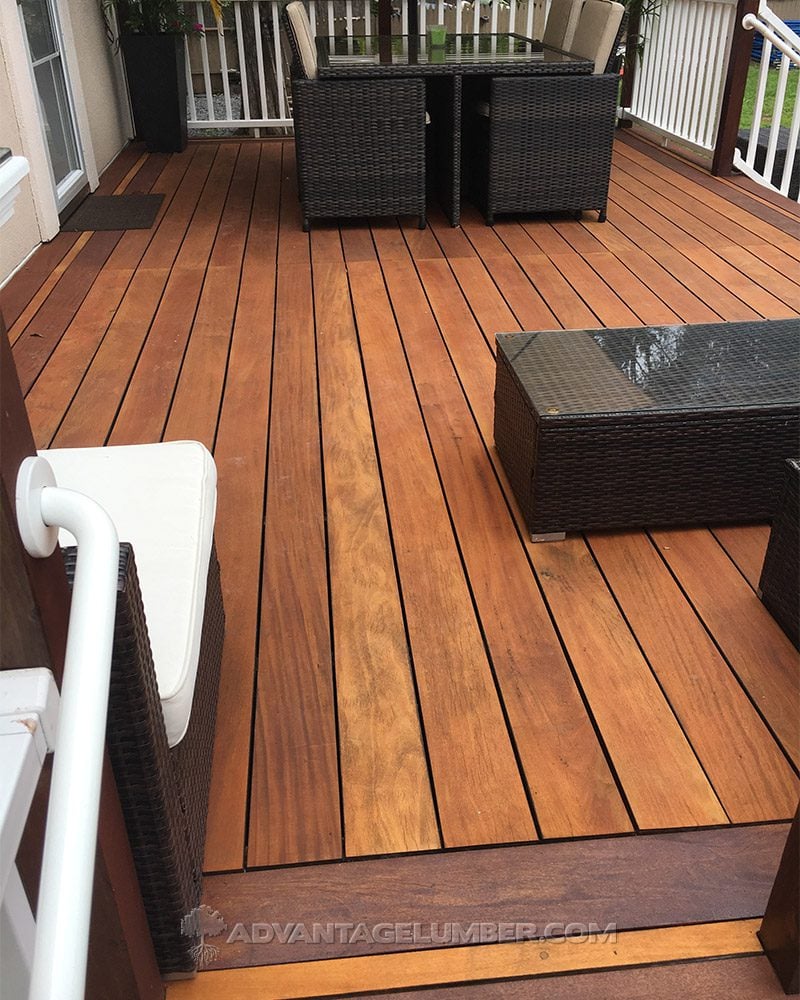
Garapa, often called Brazilian Ash, comes in at #5. This South American hardwood has a Janka hardness of 1,650 lbf and a warm golden-brown color that ages to a silvery gray if left untreated. It’s a lighter option in both weight and tone but still packs a punch in durability.
Why It’s Resistant: Garapa’s natural oils and tight grain offer good resistance to rot and termites. While not as dense as the top-tier woods, its resilience makes it a popular choice for decking, with a lifespan of 25+ years.
#6: Red Balau – The Southeast Asian Star
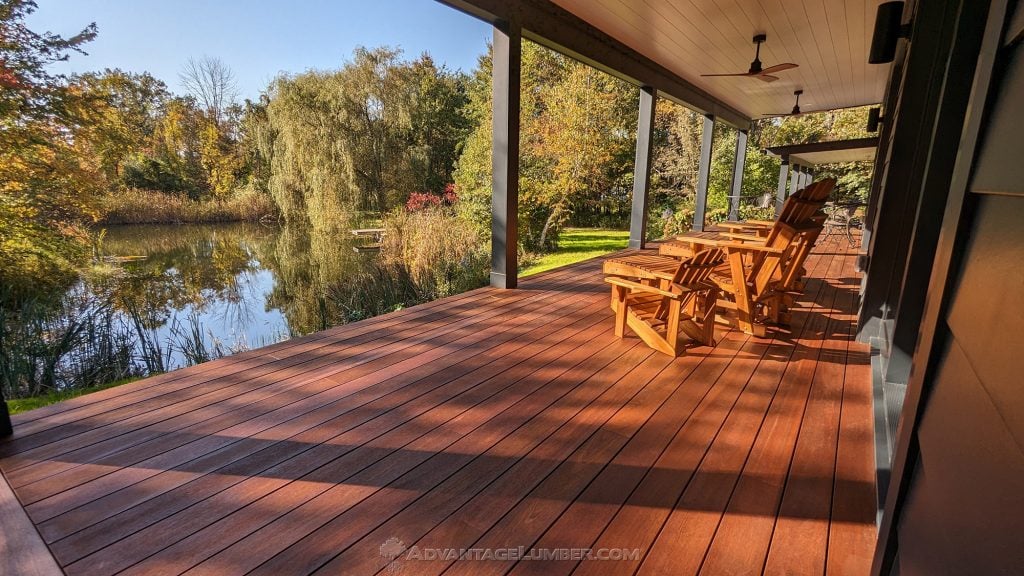
Mahogany (Red Balau), a tropical hardwood from Southeast Asia, takes the #6 spot. With a Janka rating of around 1,600 lbf, it’s strong and durable, sporting a reddish-brown color similar to mahogany. It’s widely used in outdoor construction across Asia and beyond.
Why It’s Resistant: Red Balau contains natural oils and resins that fend off termites and decay. Its interlocking grain enhances stability, helping it endure wet climates for 20-30 years with minimal upkeep.
#7: Teak – The Classic Choice
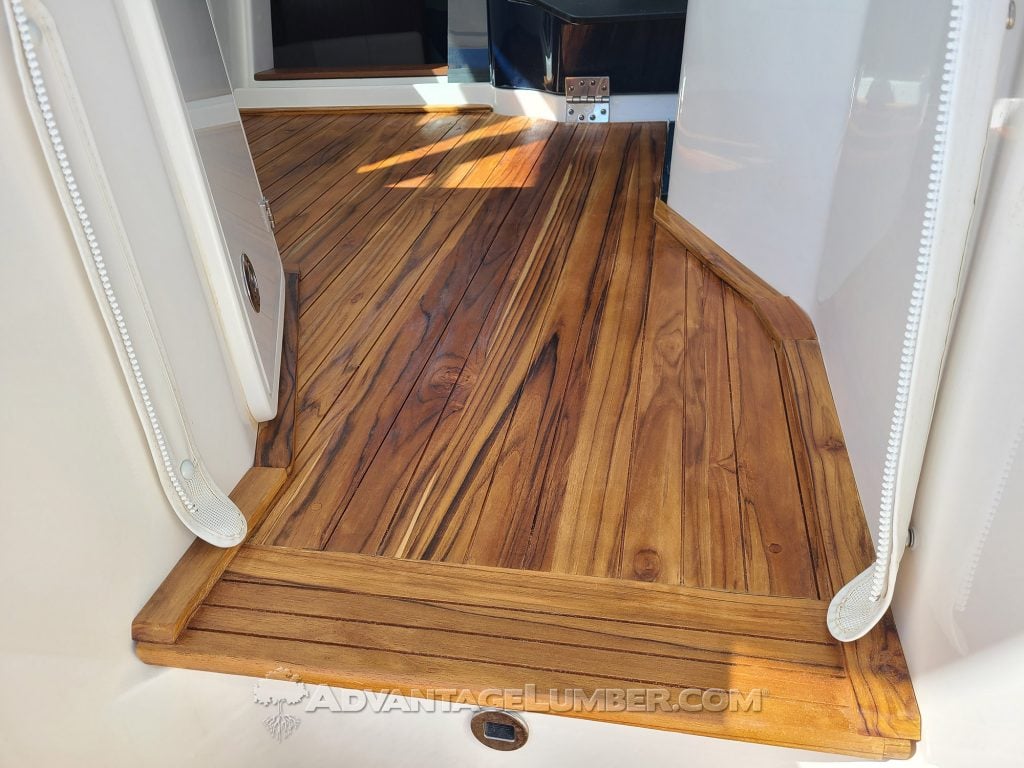
Rounding out our list at #7 is Plantation Teak, a globally recognized hardwood from Southeast Asia. With a Janka hardness of 1,070 lbf, it’s softer than the others but has a sterling reputation for outdoor use. Its golden-brown color and smooth grain make it a favorite for furniture and boat decking.
Why It’s Resistant: Teak’s high oil and silica content make it naturally repellent to water, rot, and termites. These properties have made it a staple in marine environments, with a lifespan of 40+ years when cared for properly.
Final Thoughts: Which Wood Wins?
If strength and resistance are your top priorities, Ipe takes the crown as the strongest, most termite- and rot-resistant wood on this list. Its incredible density and natural defenses make it nearly indestructible, though it comes with a premium price tag. For budget-conscious buyers, Cumaru or Brazilian Redwood offer near-comparable performance at a lower cost. If aesthetics matter as much as durability, Tigerwood or Teak might steal your heart.
No matter which wood you choose, these species prove that nature has engineered some remarkable solutions for longevity. Pair them with proper installation and occasional maintenance, and you’ll have outdoor structures that stand the test of time—termites and rot be damned!
What’s your favorite wood for outdoor projects? Let us know in the comments!
